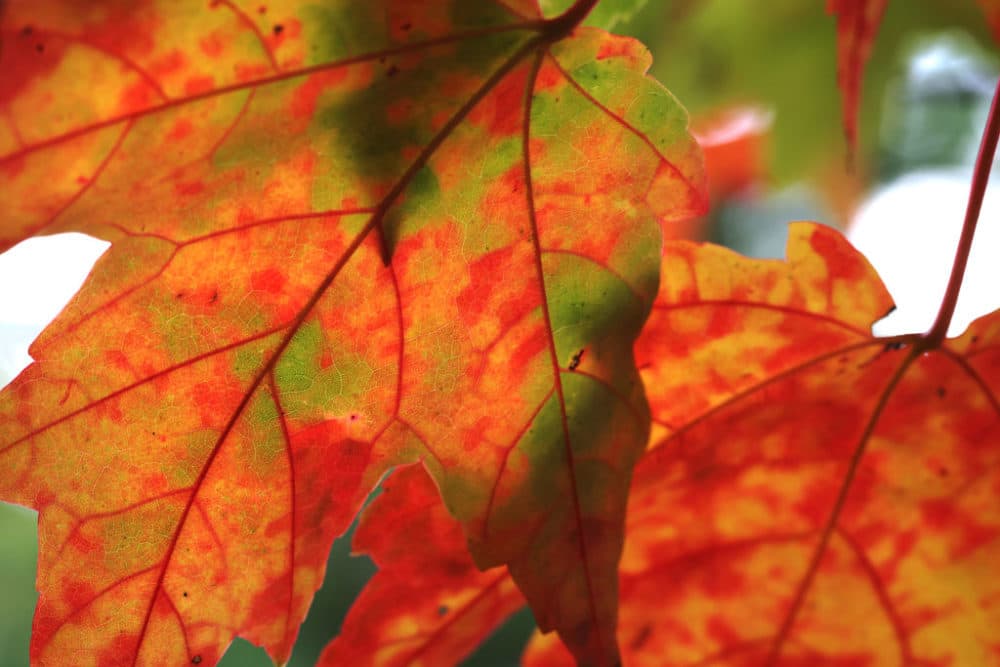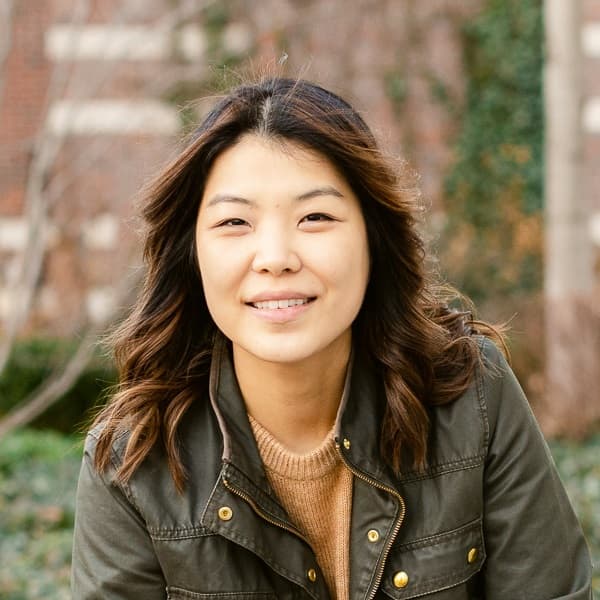Advertisement
New England's fall foliage harder to predict as the climate changes, biologists say

It’s fall foliage season, and climate change has made it harder to predict the timing and the vibrancy of the leaves, according to local biologists.
The season is a multi-billion dollar industry for the region. The red, orange, and yellow shades of New England make it a beloved travel destination this time of year. But some experts feared the summer's dry weather would put stress on trees, causing them to drop their leaves earlier this season, while still green.
We’re starting to see signs of a colorful fall, despite some earlier concerns. Late summer rains may have helped, said Pamela Templer, biology chair of Boston University.
"There was a lot of concern that we might not have a really brilliant fall season because we experienced such a severe drought," Templer said. "But so far, in a lot of New England, we're seeing the leaves change and they're doing it in a beautiful way."
Templer said climate change has made it more difficult to predict what kind of fall we're going to get — until we can see it on the trees firsthand.
"The problem is that when we increase the frequency of these extreme weather events, that's what really stresses out trees," Templer said. "And that cumulative effect over time can really damage them and in some extreme cases, actually kill them."
Some near-term ways that trees endure warmer temperatures and erratic weather conditions include experimenting with planting more drought-tolerant species of trees, and caring for saplings during extreme heat.
"If you happen to see on your street a sapling that has just been planted recently in the last year or two, help irrigate it in summer," Templer said. "Interventions at the early stage of life for trees is the most important time that we can help them with their resilience."
